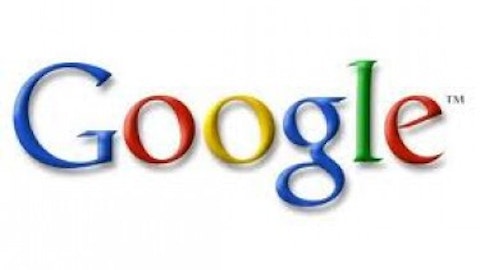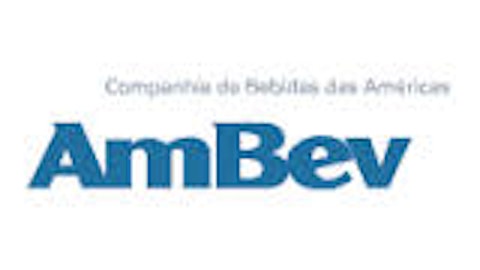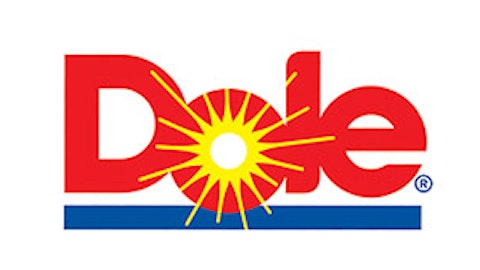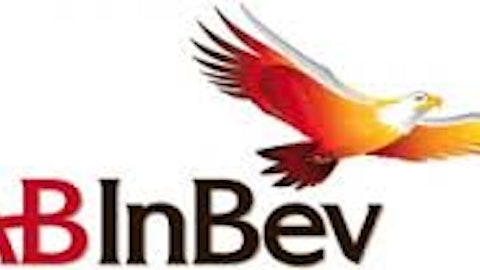It’s finally starting to feel like summer—temperatures crested 90 degrees in New York this week, and baseball season is in full swing. Nothing says summer quite like a hot dog, a cold beer, and a fruit salad, and that’s why this article will focus on Nathan’s Famous, Inc. (NASDAQ:NATH), Anheuser-Busch InBev NV (ADR) (NYSE:BUD), and Dole Food Company, Inc. (NYSE:DOLE).
One of my favorite techniques when deciding what stocks are worth your money is looking at their valuations and ability to grow—that is to say, is a stock selling for more or less than it theoretically should, and can it grow? Today, I will introduce you to a few metrics that can help make that assessment and apply them to the companies at hand.
Tangible book value per share
Tangible book value per share, or TBVPS, measures the value of a company’s tangible assets that can be attributed to each share of a company’s common stock. In simpler terms, it answers the question “how much would I get per share if the company were to liquidate all of its assets?” It gets interesting when we compare this with the stock price—we can see how overvalued a company is. If the stock price is far above the TBVPS, that means that the stock is potentially overvalued and could fall in price. If the TBVPS is higher than the current share price, the stock is potentially undervalued. Generally, for a secure investment, a high TVBPS is better.
Now, let’s apply this analysis to our companies:
| TBVPS | Price | TBVPS/Price (valuation) | |
|---|---|---|---|
| Anheuser-Busch | -21.78 | 90.53 | -0.24 |
| Nathan’s | 7.567 | 50.50 | 0.15 |
| Dole | 1.074 | 9.35 | 0.11 |
As you can see, all three companies are potentially overvalued given their tangible assets. In this situation, I tend to go with the company that has the highest ratio, which in this case is Nathan’s Famous, Inc. (NASDAQ:NATH)’s. All three are still very risky in terms of their valuations by this metric, but Nathan’s is the least so.
Free cash flow
Free cash flow is a measure of how much cash a company has on hand to distribute to security holders. This means that it can be used to make acquisitions, investments, pay off debt, etc. One characteristic of free cash flow is that it continually fluctuates up and down as investments are made and mature. As a result, negative or low free cash flow isn’t necessarily a bad thing; if a company’s money is tied up in investments, the returns can be rewarding. Ideally, though, a company will have strong free cash flow.
| Free Cash Flow | |
|---|---|
| Anheuser-Busch | $3.4B |
| Nathan’s | $2.2M |
| Dole | -$123.1M |
Anheuser-Busch InBev NV (ADR) (NYSE:BUD) is the clear winner here—it has very high free cash flow, and could easily initiate investments. The other two firms really don’t have that much leeway. Their free cash flow consistently lies right at around zero, which means that any significant investment isn’t a possibility without outside help. That’s not a great position to be in. Anheuser-Busch, though is exactly where it needs to be in terms of free cash flow.






